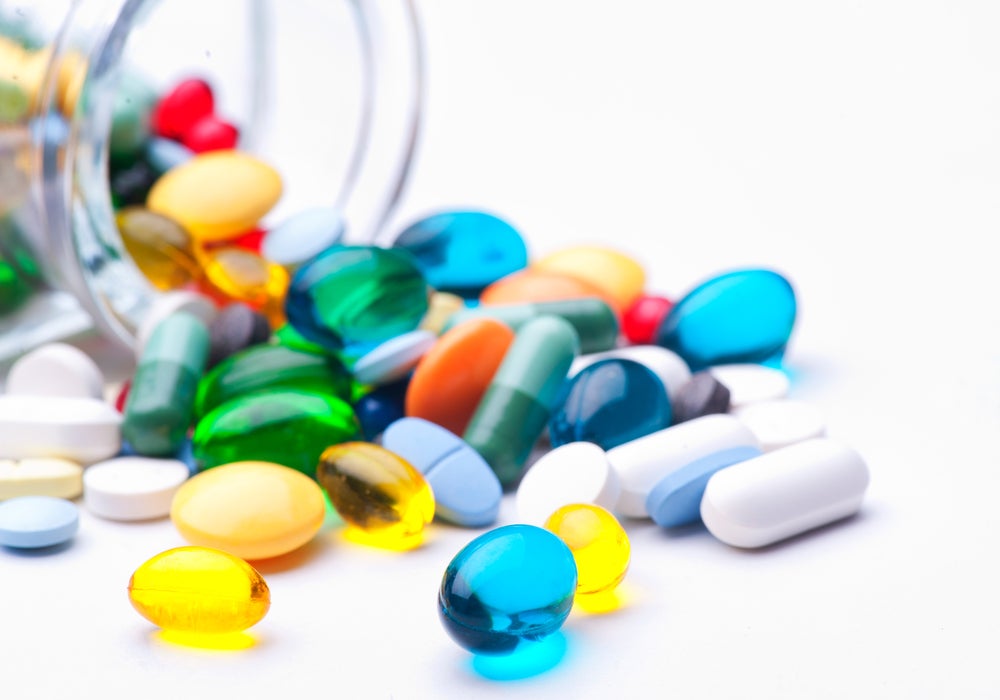What Anti-Doping Code Changes Mean For Age-Groupers

Photo: <a href=http://shutterstock.com>Shutterstock.com</a>
WADA Code changes, including new banned substances, affect the sport at all levels.
Watch out, athletes—your cold medication could land you in hot water.
Pseudoephedrine, found in many cold medications, was added to the World Anti-Doping Agency list of banned substances in 2015. Athletes with pseudoephedrine in their bloodstream during in-competition drug testing will be subject to suspension. The substance is added to a list of many other commonly used over-the-counter medications, including levmetamfetamine, an ingredient found in cold and flu treatments.
Stuffy-nose sufferers will breathe easy, however, knowing their cold medications are not banned out of competition. The United States Anti-Doping Agency advises athletes to discontinue taking medications containing pseudoephedrine and levmetamfetamine at least 24 hours before competition to allow the substances to clear from the bloodstream.
RELATED: Medicine Cabinet Minefields
Asthma Medications, Explained
Though science has shown “no definite advantage” in strength, endurance, or performance in healthy athletes taking asthma medications off-label, bronchodilators, found in asthma treatments, are some of the most commonly abused substances on the WADA list.
For those who require asthma medications for true breathing issues, the threshold between “therapeutic use” and “doping” falls into the number of “puffs” an athlete utilizes. Athletes should consult their pharmacist to determine the dosage of their medication, to ensure they do not take in more than 1600 micrograms of albuterol or 54 micrograms of formoterol in the span of 24 hours. Utilizing more than that amount, or taking asthma medications that contain substances other than albuterol or formoterol, requires the athlete to file a Therapeutic Use Exemption with their country’s anti-doping agency.
RELATED: Do Asthma Inhalers Make You Faster?
“The hGC Diet”
Human chorionic gonadotrophin (hCG), approved by the Food and Drug Administration for the treatment of female infertility, has recently been marketed as a “weight-loss” drug despite a lack of FDA approval for off-label use. Some male athletes also utilize it as a way to increase testosterone. In addition to being banned by WADA in and out of competition, the FDA warns consumers to avoid “homeopathic” HCG weight-loss products available online (including oral drops, pellets, and sprays) because they are illegal.
RELATED: An Introduction To Dietary Supplements
A Surprising Addition to “Blood Doping” Definition
Another surprising additions to the 2015 “banned” list includes a restriction on plasma donation, as the donor’s red blood cells are reintroduced to the system in concentrated amounts after the plasma is removed. Under WADA code, plasma donation is a form of “blood doping” and thereby an advantage to the donor. Plasmapharesis will still be allowed for the recipient, because they are only receiving plasma, with blood cells removed.
Rationale for Inclusion
For a substance or method to be included on the WADA Banned List, it must meet two of the following three criteria:
- It has the potential to enhance sport performance;
- It represents a health risk to the athletes;
- It violates the spirit of sport.
WADA encourages athletes to utilize their searchable, digital list of banned substances to ensure all medications, supplements, and treatments are in compliance with anti-doping regulations. The list can be found at http://list.wada-ama.org.
RELATED – Ask A Ref: Race-Legal Swimwear
Penalties
According to a 2013 study published in the journal PLOS One, as many as 1 in 7 Ironman athletes admitted to using an illicit substance. Beginning in 2015, these age-group athletes will face increased testing and harsher penalties for doping violations under the new World Anti-Doping Agency Code.
“There are a number of significant changes which we expect to support the anti-doping community in its aim to protect the rights of clean athletes,” says Ben Nichols, a representative of WADA. Though most of the rule changes have a greater impact on the sport’s Olympic and professional athletes, anti-drug rules can and do apply to cleaning up competition for age-group athletes as well. Notable changes include:
- A four-year ban from competition for a first offense for the presence, use, attempted use, or possession of a prohibited substance. Prior to 2015, the ban was two years.
- Changes to testing protocol so “the right athletes are tested for the right substances at the right time,” according to Nichols.
- A new “prohibited association” rule which makes it a violation for an athlete to associate in a professional or sport-related capacity with athlete support personnel (such as coaches, doctors, or trainers) who are ineligible or have been convicted of a doping-related offense in the previous six years.
- Extending the statute of limitations on doping-related offenses from eight years to ten years.
- Stricter rules for retired professional athletes wishing to return to competition of any sort—in addition submitting a written notice six months prior to returning to competition, retired athletes must submit to drug testing before racing once more.
More information about the new WADA Code can be found at the United States Anti-Doping Agency website. Information about age-group testing at USA Triathlon Sanctioned Events can be found on their website.